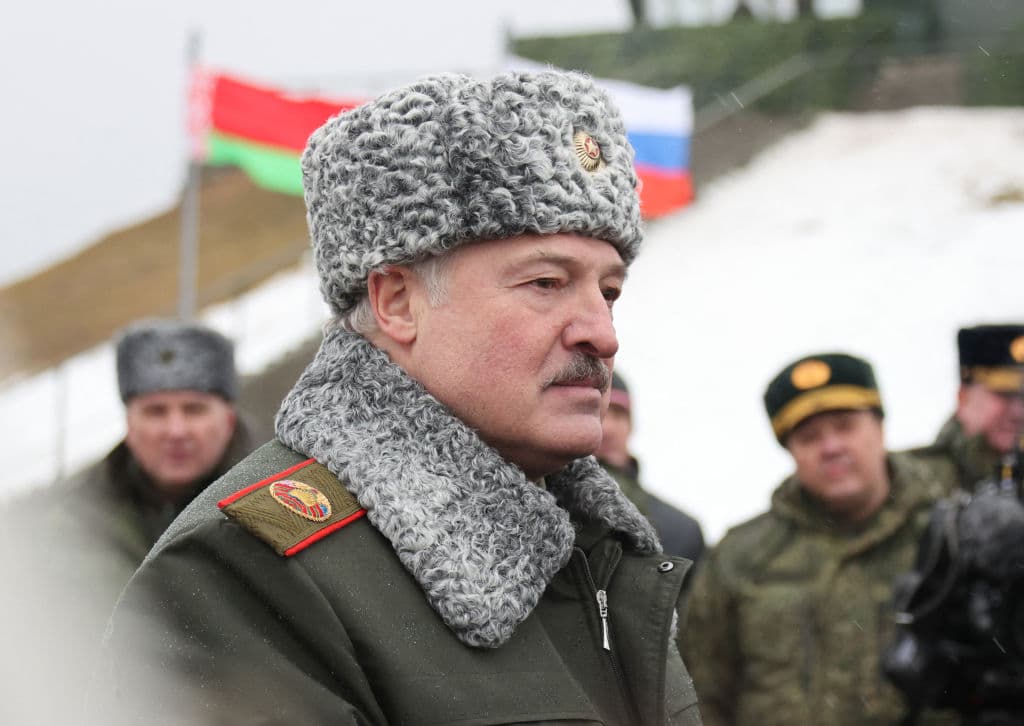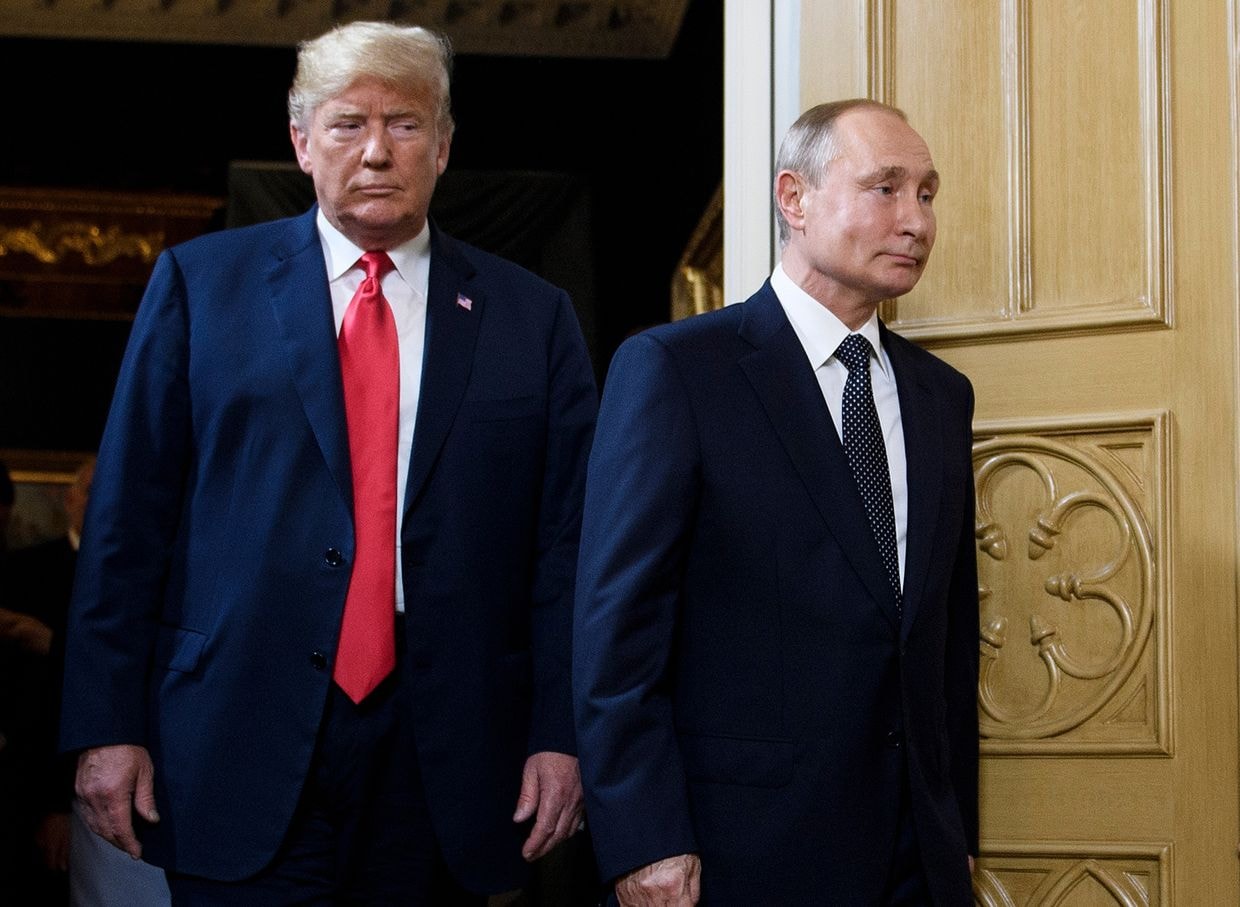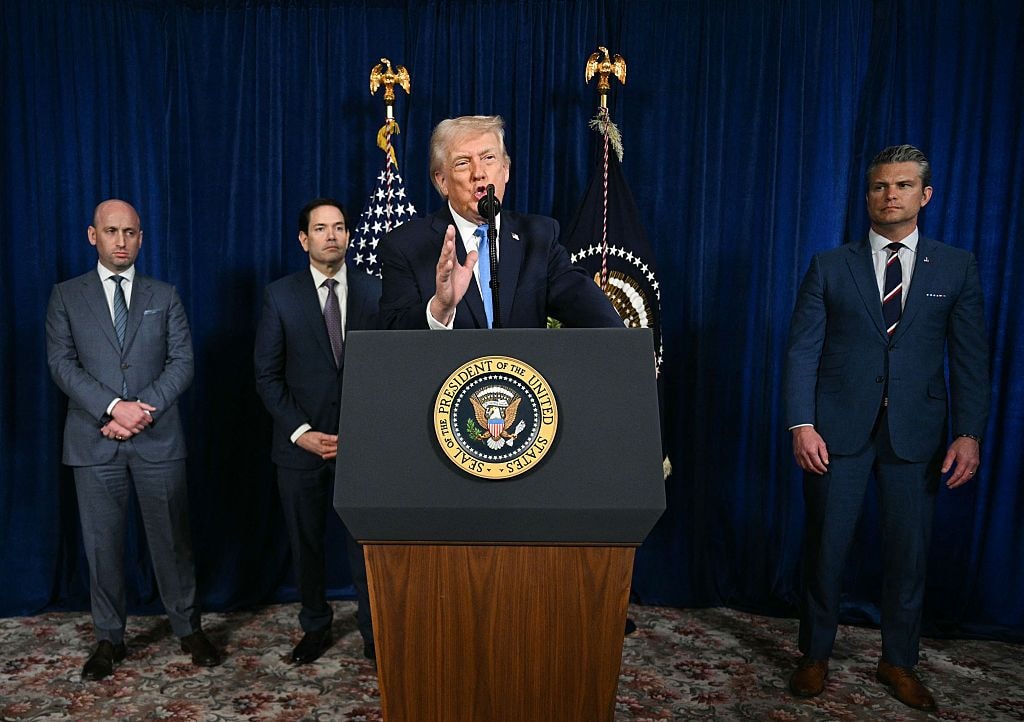Does Belarus' military have the capacity to attack Ukraine?

Russia’s full-scale invasion of Ukraine began simultaneously from four main directions, one of them involving Belarusian territory.
Soon after, Belarusian troops were expected to join the war directly. However, four months into Russia’s war, Belarus' autocrat Alexander Lukashenko continues to hold out on sending his soldiers to war.
It appears the decision is not easy for the Belarusian dictator. Allegiance to Russian President Vladimir Putin and reliance on Russian cash are the main factors keeping Lukashenko afloat.
Lukashenko continues to bolster propaganda to find grounds for Belarus to have a motive to join the war. Additionally, the country continues to conduct massive military drills, keeping Ukrainian troops on high alert close to its northern border and far from the ongoing fight in the country’s east.
Yet the idea of sending Belarusian troops to fight in Ukraine is highly unpopular domestically and could cost Lukashenko the support of his army or risk a spike in civil unrest.
While military analysts and observers agree that Belarus is threatening Ukraine and is trying to keep its neighbors on high alert, the capacity of Belarusian action is quite limited.
Mediocre army with outdated tech
Belarus inherited its army from the troops stationed in the country under Soviet rule, where it was a significant rear to the Soviet armies stationed in Poland and East Germany.
The Belarusian military currently has 50,000 soldiers and officers, with an additional 15,000 people listed as military personnel. The military reserve capable of being called up in case of mobilization is 290,000 people, according to the 2021 Military Balance report.
The number of troops is considerably larger than expected for a country with a population of 9.5 million.
Neighboring Poland has four times the amount of people, a budget at least 20 times larger, and 125,000 troops.
The old centralized structure containing three army corps has been reorganized into smaller, more decentralized Operational Commands – west, northwest, and south.
The creation of the southern military command on May 26 posed a question of staffing and equipping.
Old Soviet machinery is abundant, despite gradually losing its combat value. But staffing would require either recruiting new personnel or dispatching units from the existing commands. Either way, the command next to the Ukrainian border would be freshly organized, not coordinated, and would contain old machinery at hand.
Ground forces and aviation
The Ground Forces are the largest structure in the Belarusian military, but only a fraction of its personnel are immediately available. According to a report by the Russian Center of Analysis of Strategy and Technology, only 10,000-15,000 troops serve in the Belarusian Ground Forces day-to-day in peacetime. The rest have to be called upon request.
Belarusian military expert Yahor Lebiadok suggests that without mobilization the country could only immediately send up to 6,000 soldiers.
According to reports from 2020, Belarus might have 1,200 tanks with 800 of them in reserve. The number is likely to be inflated. Most of the tanks are Soviet Т-72Bs.
The level of their combat readiness is unknown.
Most of Belarus' artillery is also inherited from the Soviet Union.
Military Balance reports 583 towed Msta-B howitzers and some old self-propelled Gvozdika and Akatsiya artillery pieces are at Belarus’ disposal.
Read More: Putin lacks troops in Ukraine but fears mobilization in Russia
Yet, Belarus also officially has six new Polonez 300 millimeter rocket artillery systems that were produced domestically. The Belarus-made artillery systems are capable of launching high-precision missiles with a maximum firing range of 200 kilometers.
Belarusian aviation currently operates a couple dozen Soviet MiG-29 fighter jets and Su-25 attack aircraft. The only new aircraft are four Su-30SM fighters and 12 Yak-130 combat training aircraft.
Belarusian air defense consists primarily of Russian long-range S-300 PS anti-aircraft systems designed in the 80s that have proven unsuccessful against U.S.-made HIMARS multiple rocket launchers.
On June 26, Putin pledged to deliver Iskander nuclear-capable short-range ballistic missile systems to Belarus in the coming months, as well as Sukhoi Su-25 aircraft able to carry nuclear weapons.
However, Belarus doesn’t have nuclear arms and the facilities to properly store them. Lukashenko’s nuclear blackmail isn’t likely to result in transferring nuclear weapons to Belarus.
Well-trained special forces
The only military organization in Belarus with proper combat experience are the Special Operations Forces. This branch employs three brigades of elite infantry with a total of 3,000-6,000 soldiers.
These are proven to be the most effective and loyal units of the Belarusian military. Two brigades were part of the brutal suppression of the 2020 protests that were triggered by presidential elections deemed neither free nor fair by the international community.
While the Belarusian army has no battleground experience, the Special Operations Forces have participated in "peacekeeping" missions in Lebanon, worked with the OSCE mission in Donbas, and taken part in suppressing riots in Kazakhstan in January 2022.
These troops report directly to the General Staff of Belarus' Armed Forces and present a well-trained small army within a larger Soviet-style force.
“Fighting in a theater of operations is problematic for the Belarusian army," Lebiadok suggests. "The optimal way to use Belarusian troops is reconnaissance and sabotage operations against specific targets and convoys of Ukrainian troops.”
Alarming military drills
In December 2021, Belarus announced 2022 would be the "year of combat training," state-owned news agency BelTA reported.
This year, indeed, has been packed with military drills. In January and February, Belarus and Russia conducted military drills which were eventually used to prepare Russian troops for a full-scale invasion of Ukraine.
As a result, ongoing military drills in Belarus are now causing concerns.
The Belarusian Defense Ministry is holding planned command and staff exercises, response force inspections, mobilization drills, and reviving military vehicles previously locked in storage.
The drills are continuing beyond the initially stated timeframe, while the number of participating troops is undisclosed.
At the beginning of June, Ukrainian Military expert Oleg Zhdanov argued that the chances of Belarus entering the war were 50/50.
"A lot of factors speak to preparation. The question of whether it is a spectacle for Putin or real preparation for an attack remains open,” Zhdanov said.
The Institute for the Study of War, a D.C.-based think tanks, suggests that the exercises are meant to threaten Ukraine while Belarus is still unlikely to join the war.
"Alexander Lukashenko likely cannot afford the domestic consequences of involving his limited military assets in a costly foreign war,” the organization reported.
Ukraine’s Defense Ministry's Main Intelligence Directorate suggests that the Belarusian Armed Forces are currently unable to carry out an offensive on their own with only seven battalions rotating near the Ukrainian border.
Deputy Chief of Ukraine’s General Staff Oleksiy Gromov on June 23 reported that the possible transfer of Belarusian Zyabrauka airport to the Russian army and Belarus’ military equipment to Russian-controlled proxies are more causes for alarm, rather than an invasion of its army.
Despite efforts of propaganda, the idea of Belarusian troops joining the war remains unpopular in Belarus.
Opinion polls by Chatham House show that only 3-6% of Belarusians support the deployment of Belarusian troops to Ukraine. Over 50% of the population is afraid that Belarus is going to be dragged into the war, according to a poll by Belarusian Change Tracker.
Political analyst Artyom Shraibman suggests that in the unlikely event of Belarus’ participation, the high rate of desertions and refusals to fight are expected, along with the protests that might erupt in the country.
Lukashenko’s dilemma
Lukashenko’s bargain with the Belarusian people was stability and peace in exchange for lack of interest in his policies. With both promises compromised, Lukashenko heavily relies on Russian support.
Russia is trying to force Belarus to officially join the war, an idea rebuffed by most Belarusians.
Political analyst and historian Valer Karbalevich suggests that for Belarus to officially join the war, there has to be a political will from Lukashenko, who is trying to resist Russian pressure.
On the contrary, Lebiadok says that Lukashenko transferred control over the military to Russia.
"The matter of participation of Belarus in the war is decided by Putin,” Liebiadok said in an interview with Mediazona. “It depends on whether Putin would need a quasi-independent ally as a platform for circumventing sanctions or a potential place for negotiations, or a tied-up co-aggressor.”
Meanwhile, as the question of the Belarusian invasion remains open, the Ukrainian army is kept at the border on high alert.
Anton Motolko, founder of the Belaruski Hayun project which helps identify Russian military movements in Belarus, said in an interview with Ukraine’s Channel 24 that Russia once again is continuing to increase its military presence in Belarus.
Read More: Discontent grows between Kyiv, Belarus opposition as Russia drags Belarus further into war
“We see that Russian cargo planes have been actively flying to Belarus in recent days,” Motolko said.
“Until April-May 2022, this meant that they were bringing in new rockets for launches. Unfortunately, I am afraid that there may be more in the coming days,” he added.









